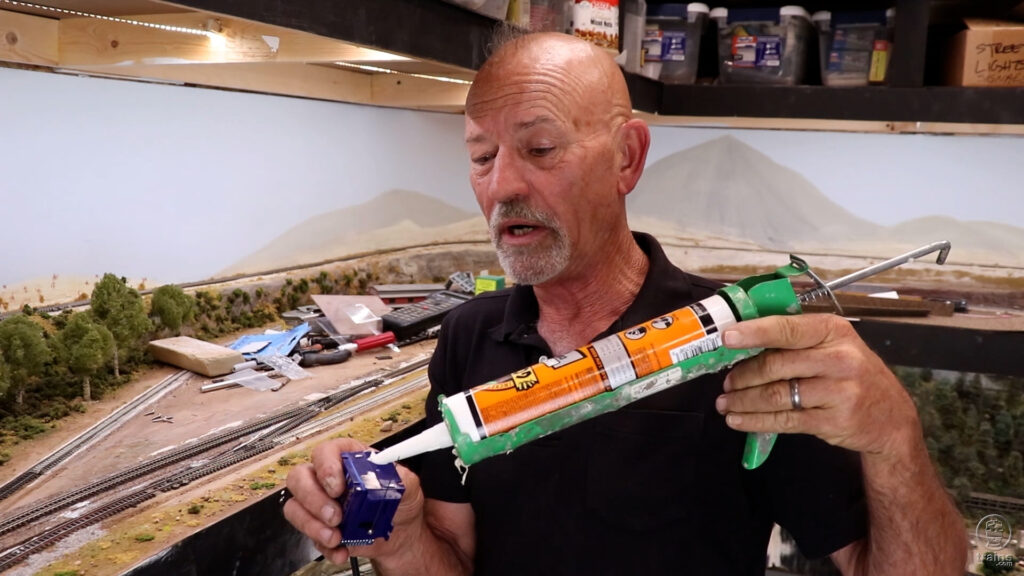
In this episode, Host Steve Brown has more trackwork to revamp. This time he’s working to insert a new crossover turnout configuration (a pair of track switches) into a yard lead. Learn why and how he did it…the “Regular Guy” way! […]
Read More…
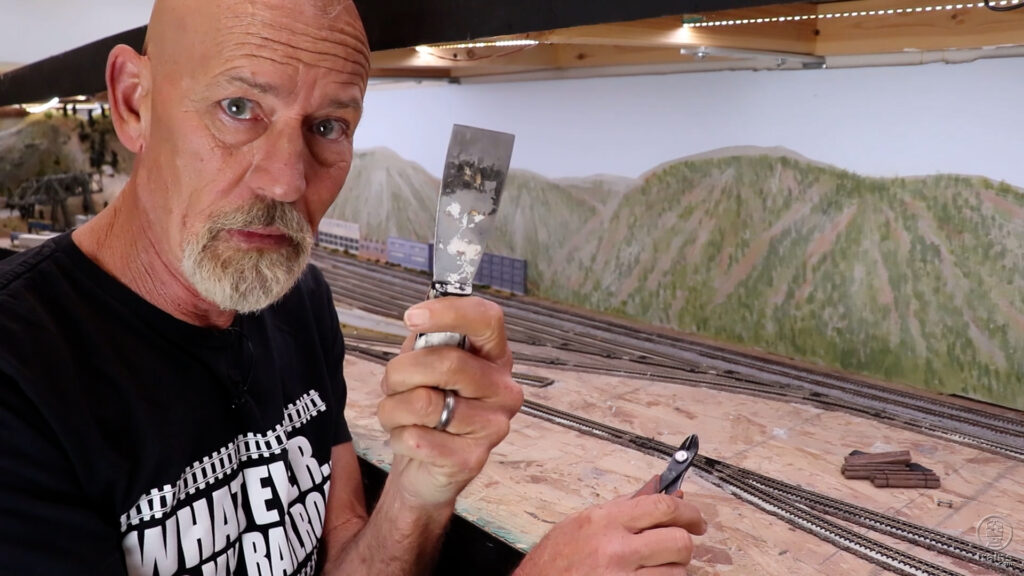
Recent changes to Steve Brown’s N scale layout had an impact on operations. As such, he must carefully remove trackwork for re-use. Follow along Steve’s “Regular Guy” techniques for extracting and restoring various sections of track. […]
Read More…

Recent changes to Steve Brown’s N scale layout had an impact on operations. As such, he must carefully remove trackwork for re-use. Follow along Steve’s “Regular Guy” techniques for extracting and restoring various sections of track. […]
Read More…
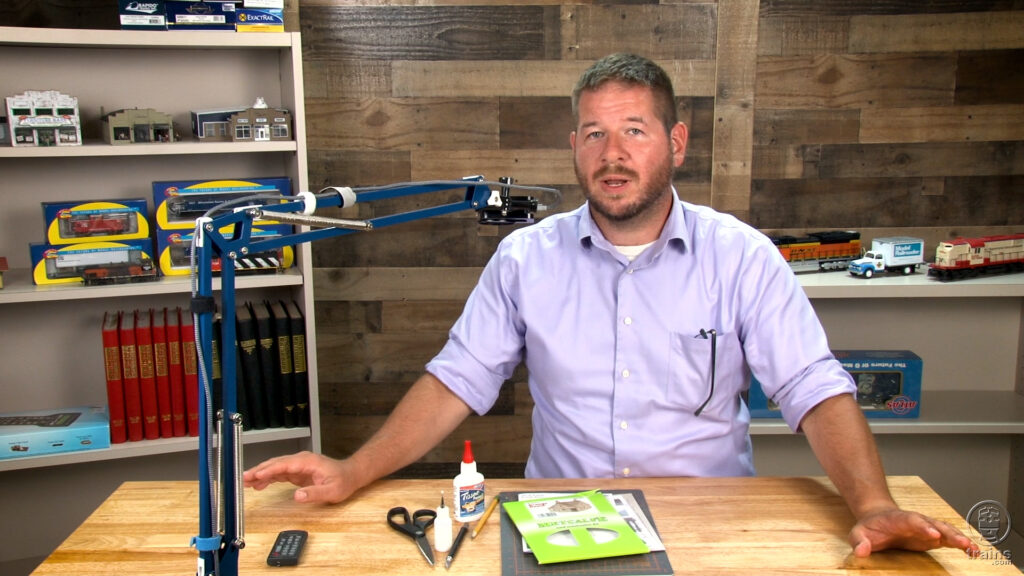
While David and Co. continue construction on the N scale project layout, Steve Sweeney shares his techniques for assembling a cardstock house kit. Follow along, as Steve walks and talks you through all of the essential tools, supplies, and processes — start to finish! […]
Read More…
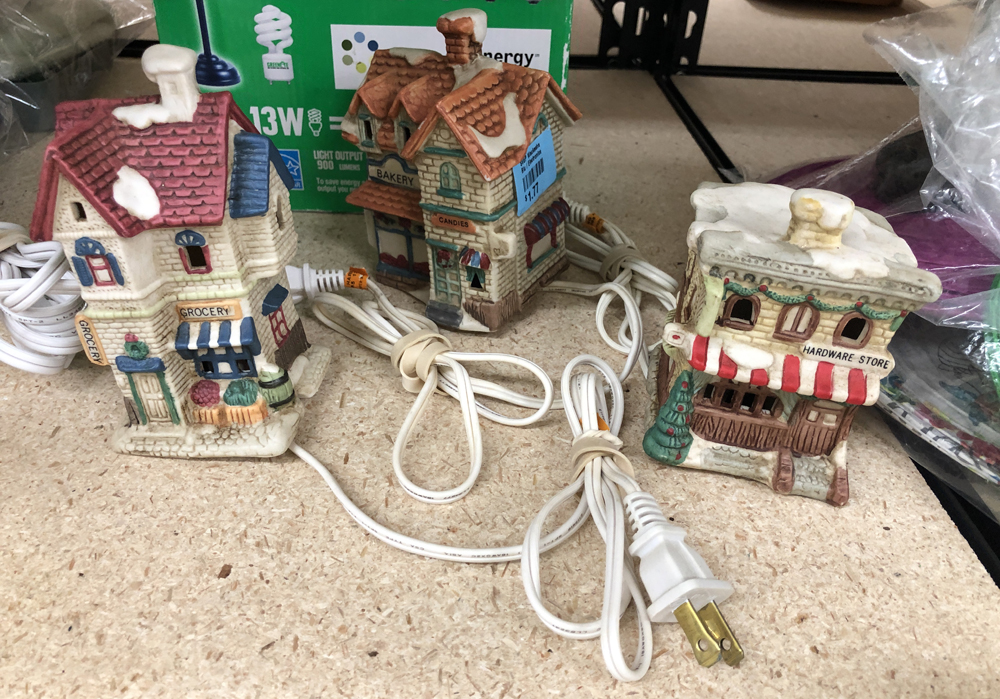
Thrift stores can hold a wealth of treasures for hobbyists, if you know where to look. I have suggestions of which departments to look for items for your layout. I suggest going into a store with an open mind. For just a few dollars and a maybe a bit of paint, you might find something […]
Read More…
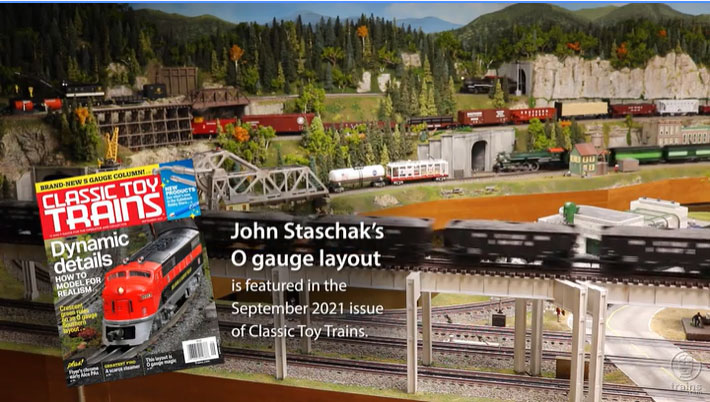
John’s layout appears in the September 2021 issue of Classic Toy Trains. It features tremendous trackwork and wonderful scenery (see the plan here), in addition to some spectacular modern trains. Watch and hear freight and passenger consists work their way around it. […]
Read More…

John’s layout appears in the September 2021 issue of Classic Toy Trains. It features tremendous trackwork and wonderful scenery (see the plan here), in addition to some spectacular modern trains. Watch and hear freight and passenger consists work their way around it. […]
Read More…
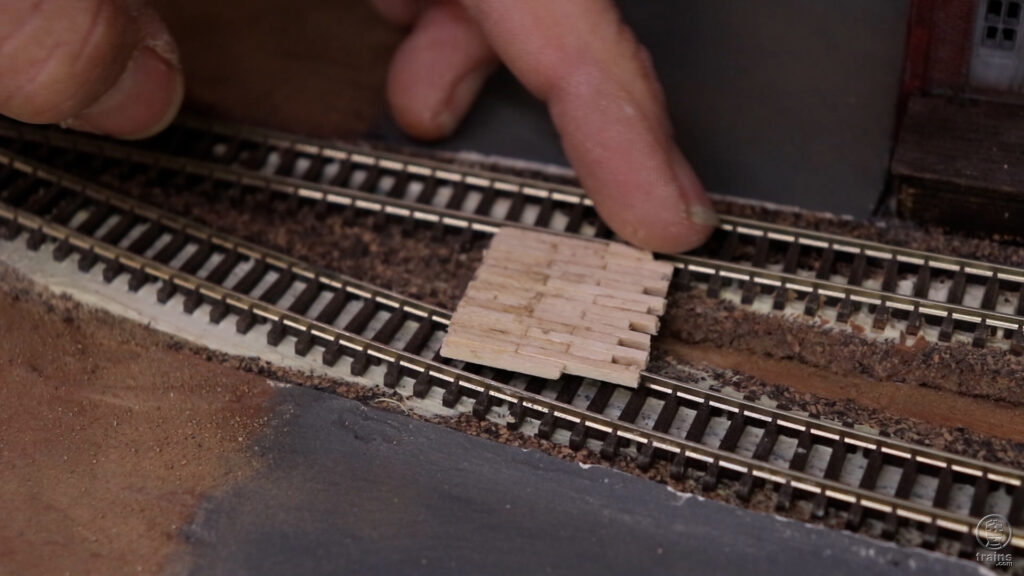
Where the roads intersect with the tracks on Steve Brown’s N scale layout, our humble host has decided to add timber-tie grade crossings. This time around on Scale it Down, he shares his process for working with strips of basswood to complete the task. […]
Read More…

Where the roads intersect with the tracks on Steve Brown’s N scale layout, our humble host has decided to add timber-tie grade crossings. This time around on Scale it Down, he shares his process for working with strips of basswood to complete the task. […]
Read More…
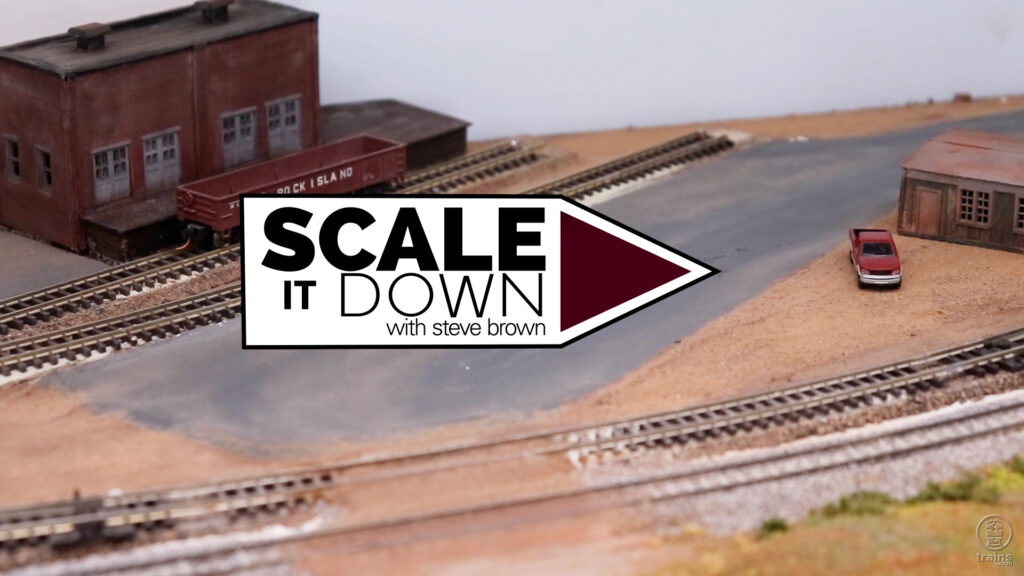
Host Steve Brown continues to pave the way in and around the tracks of his N scale layout. See how he pairs regular old drywall mud with some simple techniques to install smooth, paved surfaces, including parking lots, roads, loading pads, and more! […]
Read More…

Host Steve Brown continues to pave the way in and around the tracks of his N scale layout. See how he pairs regular old drywall mud with some simple techniques to install smooth, paved surfaces, including parking lots, roads, loading pads, and more! […]
Read More…
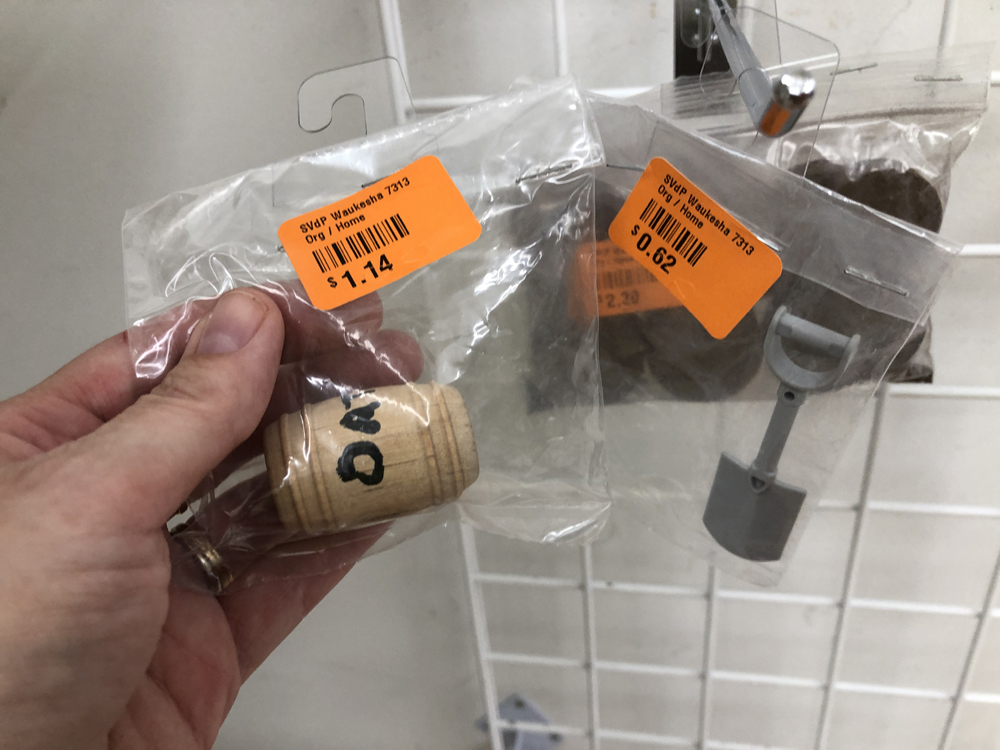
Thrift stores can hold a wealth of treasures for hobbyists, if you know where to look. I have suggestions of which departments to look for items for your garden railroad. I suggest going into a store with an open mind. For just a few dollars and a little paint, you might find something spectacular for […]
Read More…








